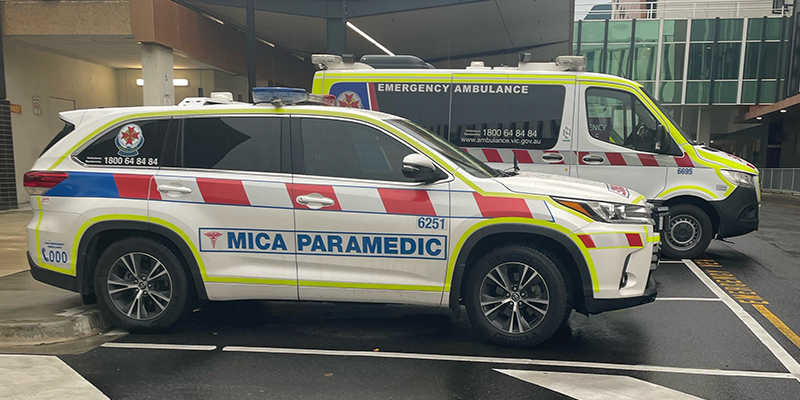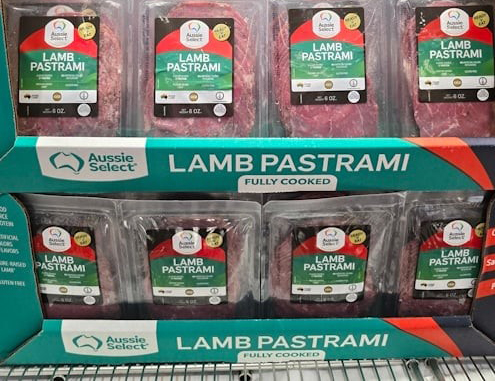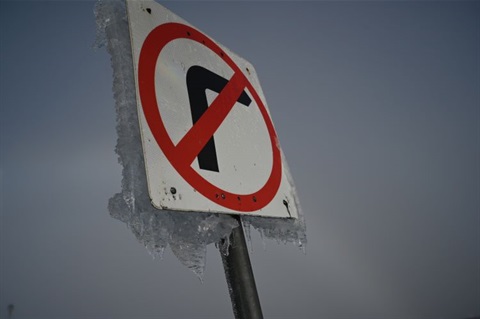Paramedics are encouraging Victorians to get their flu and COVID-19 vaccinations and help save ambulances for emergencies by accessing alternative care options this winter.
Ambulance Victoria (AV) Executive Director Operational Communications Anthony Carlyon said for more than 20 years, AV’s secondary triage team has been connecting non-urgent Triple Zero (000) callers across Victoria to the right care for them.
“While ambulances are always provided to patients when required, about one in five calls to Triple Zero (000) do not need an emergency ambulance response,” Mr Carlyon said.
“We know that a big flu season always increases demand on our secondary triage team.
“The flu season is underway and in May we saw 1,409 patients present to secondary triage with flu-like symptoms.
“We regularly connect these patients to the Victorian Virtual Emergency Department (VVED) and encourage people to contact the VVED directly for non-life threatening medical emergencies.”

For non-life-threatening matters, the VVED is available, 24 hours a day, seven days a week.
For non-life-threatening matters, the VVED is available, 24 hours a day, seven days a week. VVED connects you with emergency doctors and nurses from anywhere in Victoria.
The VVED has been accessed by more than 317,000 Victorians since 2020. Thousands of patients have been able to be safely treated in their own homes and avoid a trip to hospital.
There are lots of other places to get health advice – that isn’t Triple Zero (000). You can also visit a Priority Primary Care Centre (PPCC), which provides GP-led care to people who need urgent care, but not emergency response.
People can also get care from their GP, pharmacist, or NURSE-ON-CALL on 1300 606 024.
“Most people with the flu will not need an ambulance and minor symptoms can be managed at home with rest,” Mr Carlyon said.
“By using these alternative care options, it helps keep our ambulances ready and available for the sickest patients, particularly those with life-threatening conditions.”
The colder months bring a greater spread of illnesses and paramedics have shared some simple steps to stay healthy and well in the coming months.
Mr Carlyon said it’s still not too late to book your immunisations with a pharmacist or doctor.
“We typically see illnesses circulate more frequently during the seasonal cold and flu period,” Mr Carlyon said.
“For people who are at risk, these illnesses can exacerbate pre-existing conditions and lead to complications that can become more serious.
“By getting your immunisations, staying home if you are unwell, and looking after your health, you’re also making a real difference for our busy paramedics and secondary triage clinicians who typically face high demand over winter.”

Save the ambulances for emergencies by accessing alternative care options this winter.
Mr Carlyon said thanks to our highly trained paramedics and nurses working in secondary triage, we safely avoid sending an ambulance in around 20 per cent of cases every day.
“This helps free up ambulances for the sickest patients in life-or-death emergencies,” Mr Carlyon said.
“If you do get transferred to Secondary Triage – it is important to know that you are in the expert hands of a paramedic or registered nurse.
“We will be able to assess your condition and determine the right care for your needs. Depending on your condition, we may still send an emergency ambulance.
“We could also connect you to alternative care options such as non-emergency transport, a doctor or pharmacist, the VVED, PPCCs, or provide health advice to safely treat your condition at home.”
From January to March, 39,227 people who did not need an emergency ambulance were instead connected to more appropriate care by paramedics and nurses in AV’s Secondary Triage team.
Over the 12 months to March, around 7,000 patients have been referred to the VVED following assessment by our secondary triage team – up 135 per cent from a year ago.








